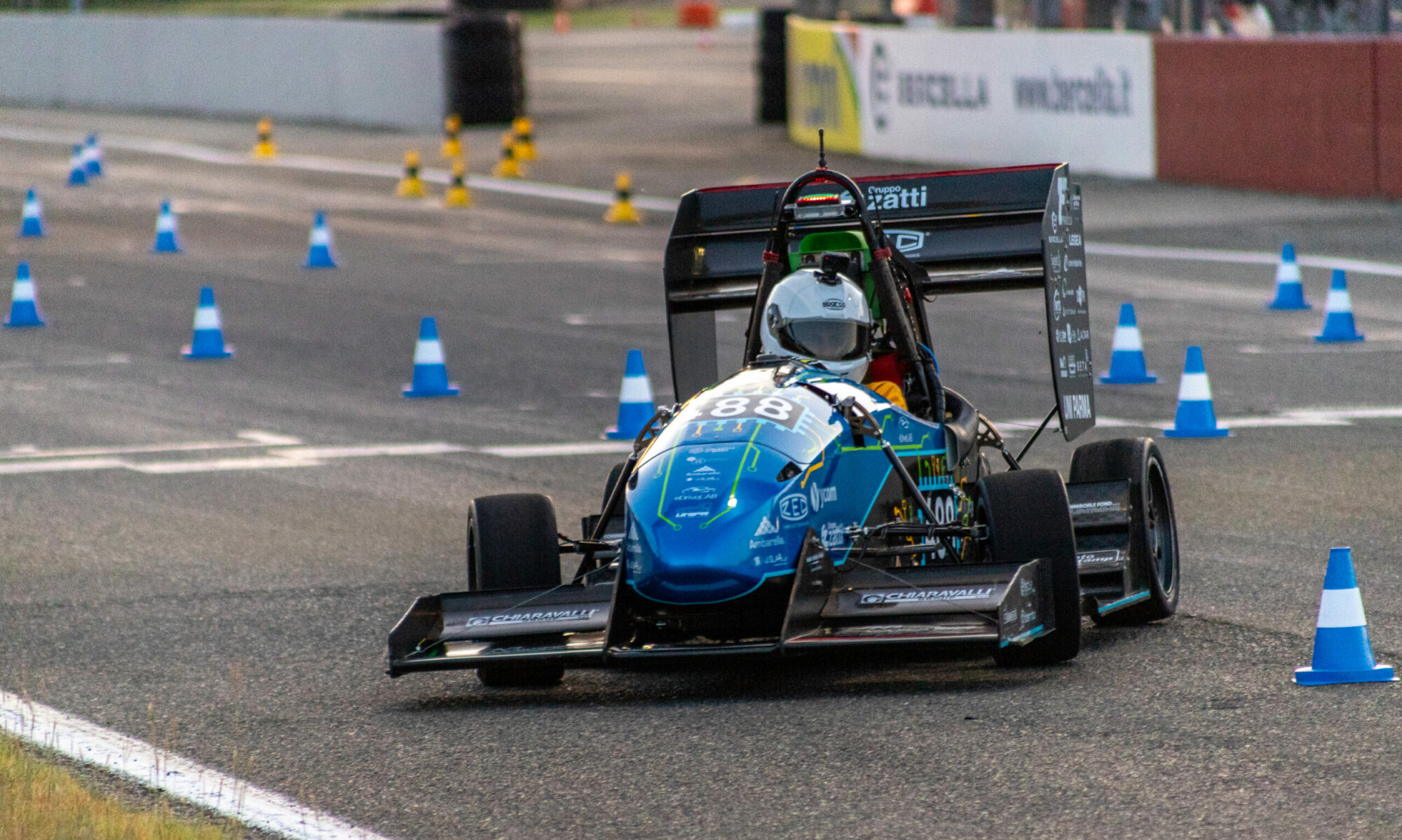Formula SAE, in Italy organized by the ATA (Associazione Tecnica dell’Automobile), is an event that aims to train and introduce introduce tomorrow’s engineers to those already in the industry. Students from engineering faculties from all over the world compete in conceiving, designing and building small single-seater racing cars with motorcycle-derived engines. The SAE rules of the competition were written with the specific intention of leaving the students’ imagination free so as to contribute to the development of new production and design techniques: technical choices are left quite free, exceptions being safety parameters and that relating to costs, which must be kept as low as possible. Seven dates are held throughout the year scattered around the world: two dates in the U.S.A, one in Australia, one in the UK, one in Germany, one in Brazil and the Italian date held each year at the Riccardo Paletti racetrack in Varano de’Melegari (PR).
Class of participation
It’s possible to enter in the competition in three distinct classes, each with its own separate ranking.
-
Class 1: presentation of the project, participation in static and dynamic races with the car.
-
Class 2: presentation of the project and participation in static races with the car.
-
Class 3: Presentation of the project only.
Each competition is divided in three phases:
Technical inspection: in these races the cars remain stationary and evaluated according to the security parameters such as the pilot’s exit time from the driver’s or the maximum angle of inclination reached before tipping.
Static events: Design presentation is a technical discussion, in which the team illustrate the design and manufacturing choices with the judges. In the cost report presentation it’s discussed the document that contains the cost of every part of the car. In the business plan event There is an economic discussion in which the team must convince the hypothetical investors to focus on the project for a small-series production.
Dynamic races: involve the construction and the car’s physical presence in the circuit. The cars are evaluated in acceleration tests, braking, skid pad, speed over a single lap and the most important, the endurance race, where the cars compete on the circuit, with scores based on their reliability combined with the speed and fuel consumption. All the circuits are developed in the hosting racetrack with cones, that make them tortuous, with an average speed of about 50km/h.
